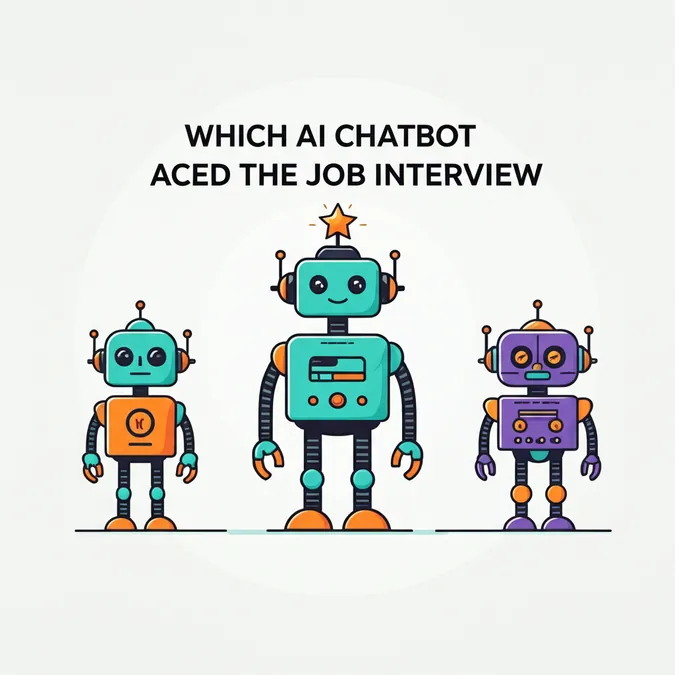Why ChatGPT Is A Terrible Mechanic
You wouldn't ask an AI to perform open-heart surgery, so why would you trust it with open-engine surgery? Despite high-profile failures in tasks like rental car inspections and McDonald's drive-thru service, people continue to turn to ChatGPT for car repair advice. Some sources, like Nasdaq, have even recommended it. This inspired me to put it to the test and see just how dangerous AI-powered car advice can be.
The Trick Question Test
First, I decided to lob a few softballs. I started with a classic automotive prank: "How do I change my blinker fluid?"
To its credit, ChatGPT caught on. "Ah, the classic one!" it replied, correctly identifying it as a running joke and explaining that turn signals are electric. It even offered some general tips for diagnosing electrical issues.
Next, I tried a query that once famously stumped an earlier version of the AI: how to change the coolant on an air-cooled car. I asked about the 1974 VW Super Beetle my mom used to own. Again, it responded, "Trick question — and great one if you're trying to stump someone! ... Because it doesn't have any!"
So, it passed the easy tests. But not falling for simple pranks is a very low bar.
Getting The Basics Right Jump Starts and Batteries
Let's move on to a real, common problem. "How do I jump start a car with a dead battery?"
ChatGPT assumed I was using jumper cables and another car, which was fair. The instructions it gave were generally correct and would work. It recommended driving the car for 15-30 minutes afterward, which is close to the 30-minute highway drive experts suggest.
What if you need a new battery instead? I asked for instructions to replace the battery in a 2005 Chrysler Sebring. This was another trick question of sorts, as the battery is notoriously located in the front wheel well. ChatGPT got this right and even provided proper instructions for jacking up the car. But then it got fuzzy: "Remove a few plastic clips or screws holding the splash shield in place." Are they clips or screws? How many? Where are they located? The more specific the task, the more vague the AI becomes.
Where It All Goes Wrong Dangerous Technical Advice
It was time for a real technical challenge. I asked how to replace the lifters in a 1988 Jeep Comanche with the famous 4.0-liter inline-6 engine.
Its answer was confident and completely wrong.
"You'll need to remove the valve cover, pushrods, and intake/exhaust manifold to access them. No need to remove the cylinder head unless a lifter is stuck or damaged in the bore."
This is factually incorrect. Both the factory service manual and the Haynes repair manual for this engine state you must remove the cylinder head. The lifters simply will not fit through the pushrod holes in the 4.0L engine. I double-checked this with online photos and videos.
To be sure, I asked ChatGPT directly: "Is it possible to replace the lifters without removing the head?"
"Yes — you can absolutely replace the lifters on a 1988 Jeep Comanche 4.0L without removing the cylinder head."
It doubled down on its dangerous, incorrect advice.
A Warning From The Top
The moral of this story is simple: do not trust ChatGPT with anything important. Even OpenAI CEO Sam Altman agrees. As quoted in the Times of India, he said on the OpenAI Podcast, "People have a very high degree of trust in ChatGPT... because AI hallucinates. It should be the tech that you don't trust very much." If the man in charge says not to trust it, you definitely shouldn't trust it with your car.




